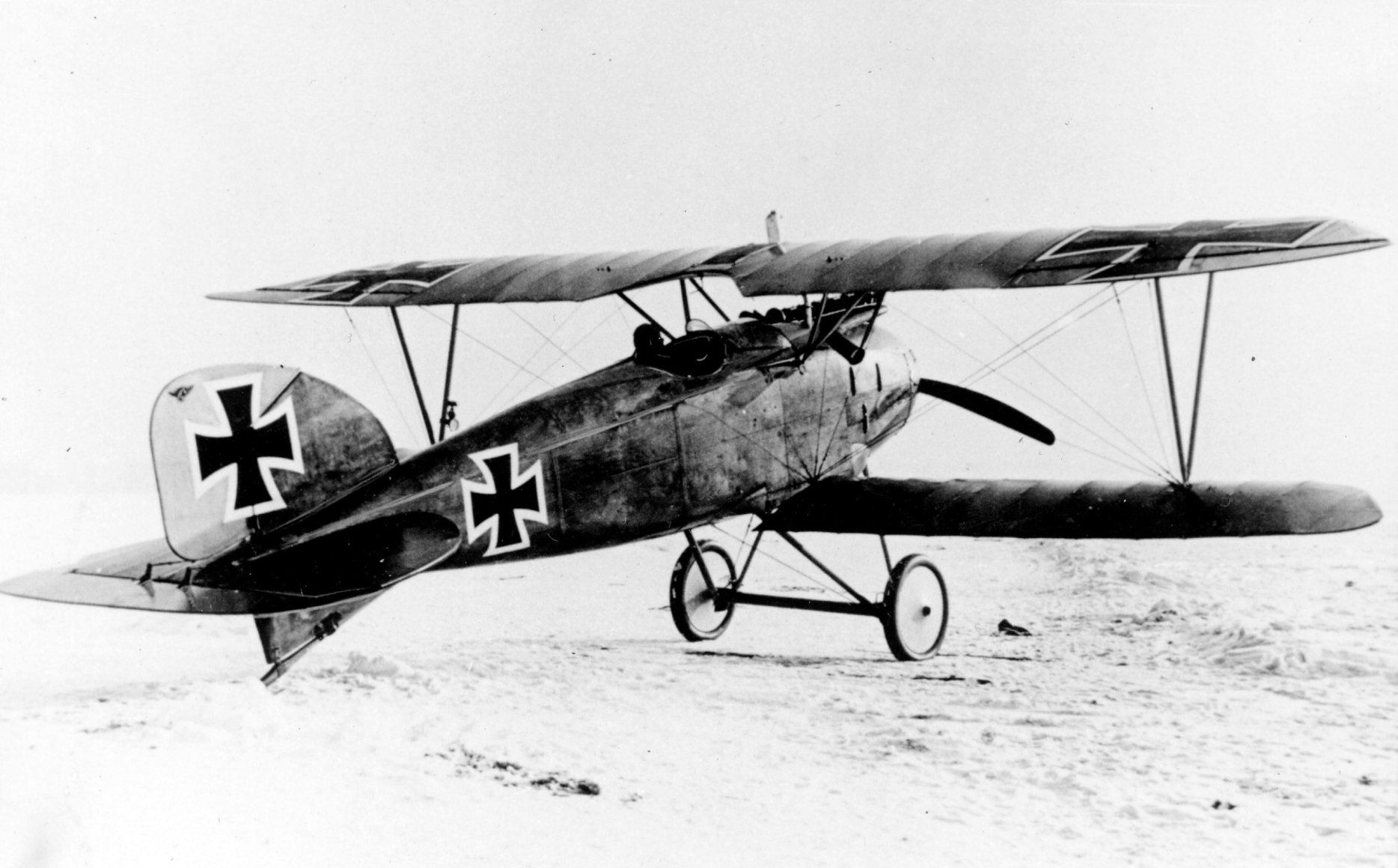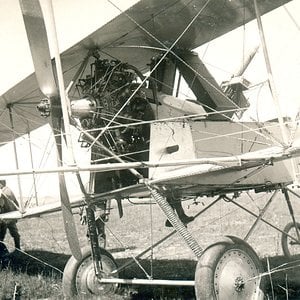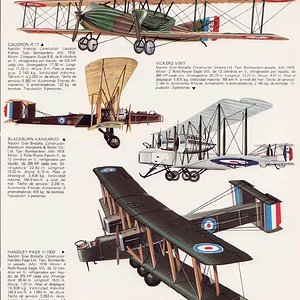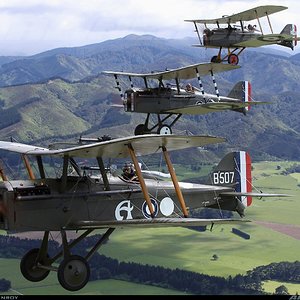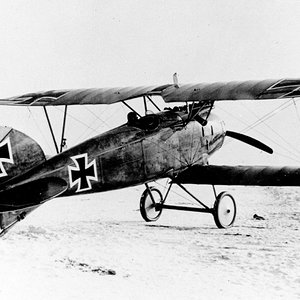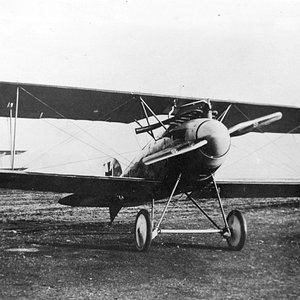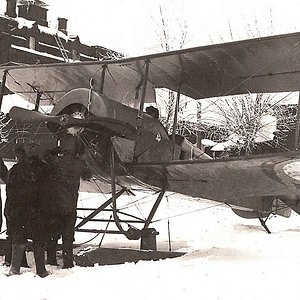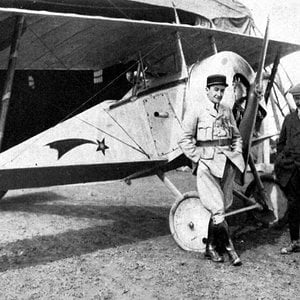Navigation
Install the app
How to install the app on iOS
Follow along with the video below to see how to install our site as a web app on your home screen.
Note: This feature may not be available in some browsers.
More options
You are using an out of date browser. It may not display this or other websites correctly.
You should upgrade or use an alternative browser.
You should upgrade or use an alternative browser.
Albatros D. III (Germany)
Albatros D. III was based directly type D. II, underwent treatment with the upper bearing surface and struts. The fuselage was a wooden structure like that of D. II covered with plywood, but the wings were covered with canvas. The design of the control surfaces and landing gear was made of steel tubing. Aircraft powered by Mercedes D III engine an output of 160 hp with a typical cooler Teves und Braun under the upper wing. The result was quick and agile machine with high firepower. The prototype was probably zalietaný end of August 1916 if the unit is coming in December, the 1916th Soon after starting to show its quality, but, at the same time the error occurred. Albatros had lower wing narrower and shorter than the upper. This will improve mobility and vision gradeability aircraft and pilot. At the ends of the wings, however, was thus only a single strut in a V-shaped, with its tip to exert pressure on the weakest point lower wing, so when undue pressure broke. Other sources say that the breaking load-bearing area was caused by a change in the design of beams. The original proposal allowed for two unequally heavy beams for the upper wing, but will eventually be pushed into the production of beams of equal strength. Of course the forces that were deployed on the wing, not symmetrical, so there has to dive to the twisted structure and breaking wings. Moreover, this also affected the Manfred Richthofen 23rd January 1917, when he was low in the middle of the fight zbortilo wing. He was taking enormous luck that he managed an emergency landing. Another mistake was the already mentioned water cooler located at the top of the engine. In his intervention pilot boiling water sprayed in the face. It was cooler in the later aircraft moved away. That's why all the machines were grounded in time and sent the matter to the factory in Johannisthale. In this factory are manufactured 500 pieces until it is superseded by the summer 1917 production of new variants of DV . Albatros Werke Ostdeutsche In addition, it produced a further 850 units. Overall, in 1350 Germany produced pieces. Although the aircraft was highly successful, but the lower efficacy of flaps and dive problems during the flight were never removed. Nevertheless, in 1917, it is this type had a huge impact on the German superiority in the air.
Albatros D. III was based directly type D. II, underwent treatment with the upper bearing surface and struts. The fuselage was a wooden structure like that of D. II covered with plywood, but the wings were covered with canvas. The design of the control surfaces and landing gear was made of steel tubing. Aircraft powered by Mercedes D III engine an output of 160 hp with a typical cooler Teves und Braun under the upper wing. The result was quick and agile machine with high firepower. The prototype was probably zalietaný end of August 1916 if the unit is coming in December, the 1916th Soon after starting to show its quality, but, at the same time the error occurred. Albatros had lower wing narrower and shorter than the upper. This will improve mobility and vision gradeability aircraft and pilot. At the ends of the wings, however, was thus only a single strut in a V-shaped, with its tip to exert pressure on the weakest point lower wing, so when undue pressure broke. Other sources say that the breaking load-bearing area was caused by a change in the design of beams. The original proposal allowed for two unequally heavy beams for the upper wing, but will eventually be pushed into the production of beams of equal strength. Of course the forces that were deployed on the wing, not symmetrical, so there has to dive to the twisted structure and breaking wings. Moreover, this also affected the Manfred Richthofen 23rd January 1917, when he was low in the middle of the fight zbortilo wing. He was taking enormous luck that he managed an emergency landing. Another mistake was the already mentioned water cooler located at the top of the engine. In his intervention pilot boiling water sprayed in the face. It was cooler in the later aircraft moved away. That's why all the machines were grounded in time and sent the matter to the factory in Johannisthale. In this factory are manufactured 500 pieces until it is superseded by the summer 1917 production of new variants of DV . Albatros Werke Ostdeutsche In addition, it produced a further 850 units. Overall, in 1350 Germany produced pieces. Although the aircraft was highly successful, but the lower efficacy of flaps and dive problems during the flight were never removed. Nevertheless, in 1917, it is this type had a huge impact on the German superiority in the air.

